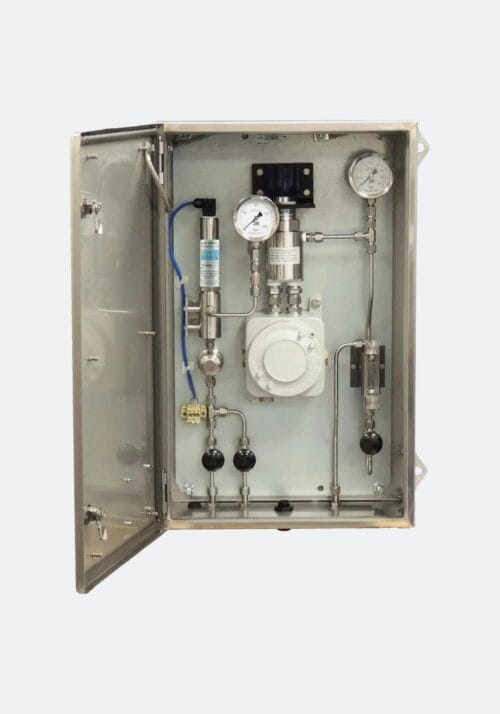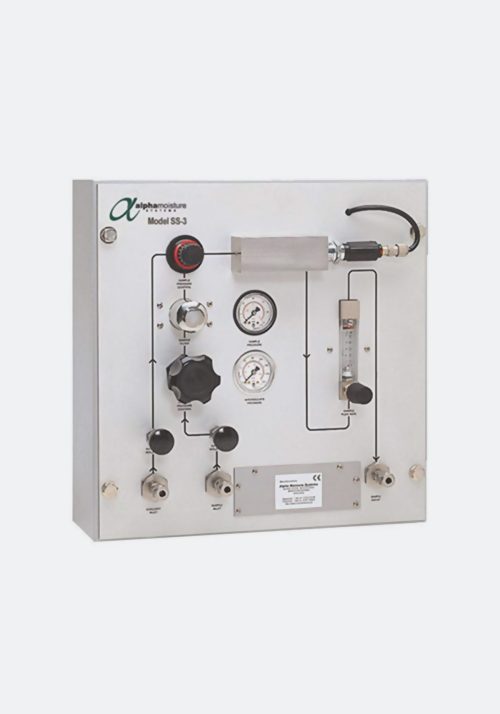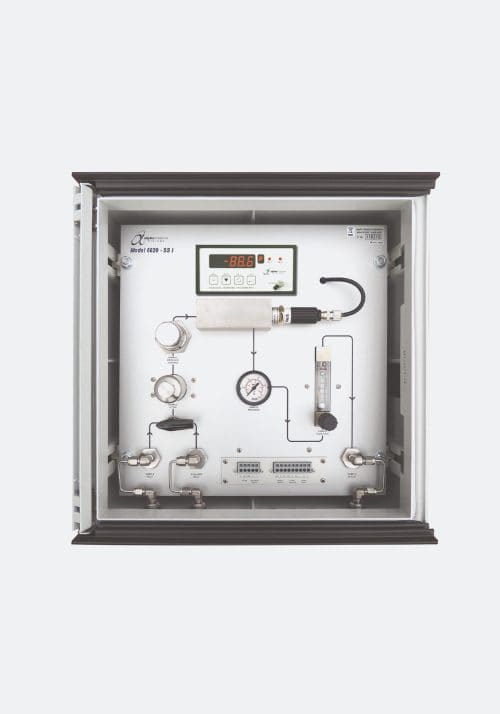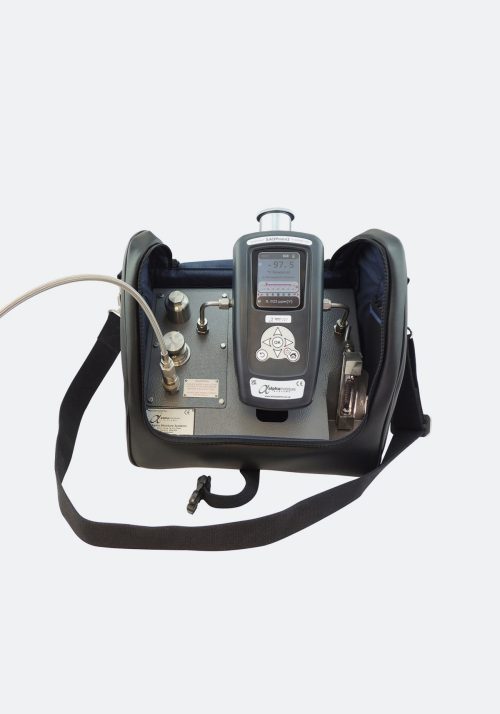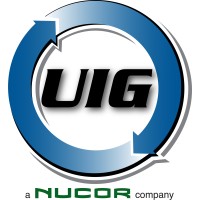Dewpoint sample systems
Our dewpoint sample systems extract, condition, and analyse representative samples of process air or gas, which are then safely vented back into the atmosphere or returned to the process line.
How our dewpoint sample systems work
Dewpoint sample systems are sophisticated analytical tools designed to measure the amount of moisture in gases, particularly in industrial processes where moisture levels are critical to system performance and product quality.
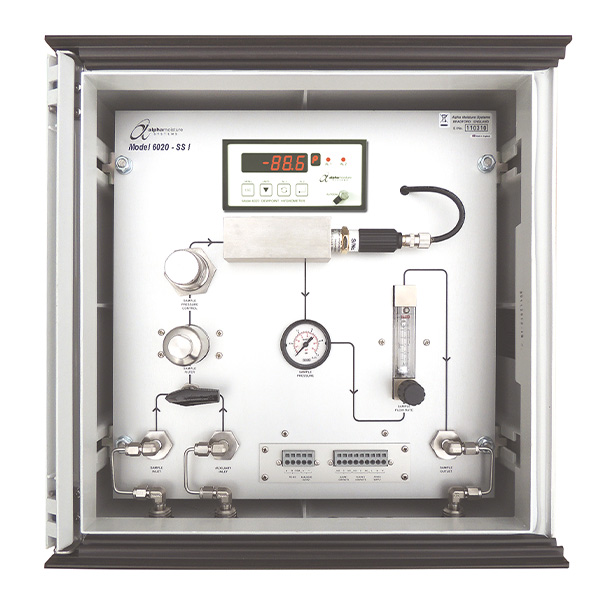
These systems work by extracting a small sample of gas from the main process line and conditioning it to ensure it is clean and at the correct pressure and temperature for accurate dewpoint measurement. This involves the use of filters to remove particulates and condensate, and regulators to adjust the pressure of the gas sample.
Once conditioned, the sample is passed over a dewpoint sensor within the system. This sensor is designed to detect the temperature at which moisture present in the gas begins to condense, known as the dewpoint. This measurement is crucial because it indicates the amount of moisture the gas can hold before it reaches saturation and begins to condense, which can lead to issues such as corrosion, bacterial growth, or system inefficiency.
The output from the dewpoint sensor is then typically displayed on a digital hygrometer, providing real-time, accurate moisture readings. Advanced systems may include options for remote monitoring and data logging, enhancing the functionality and application range of the system in complex industrial setups.
Once conditioned, the sample is passed over a dewpoint sensor within the system. This sensor is designed to detect the temperature at which moisture present in the gas begins to condense, known as the dewpoint. This measurement is crucial because it indicates the amount of moisture the gas can hold before it reaches saturation and begins to condense, which can lead to issues such as corrosion, bacterial growth, or system inefficiency.
The output from the dewpoint sensor is then typically displayed on a digital hygrometer, providing real-time, accurate moisture readings. Advanced systems may include options for remote monitoring and data logging, enhancing the functionality and application range of the system in complex industrial setups.
